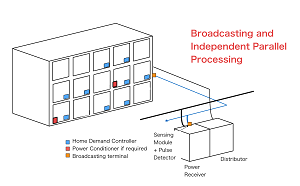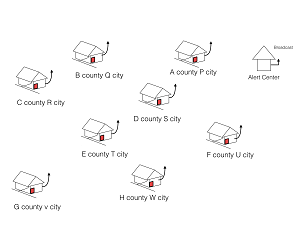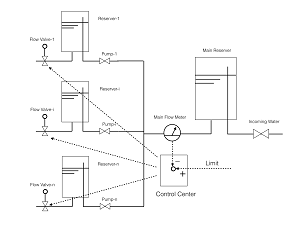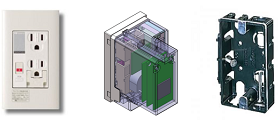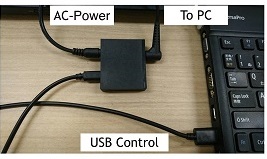Energy Management System
Deploy energy management business taking the advantage of the Patchedconics proprietary technology: Autonomous Distributed and Independent Control of Energy.
This focuses its attention on the EV stations Network.
It aims at Real Time Peak-cut Control, in other words, Real Time Demand Control. Same technology has been used by Hayabusa mission.
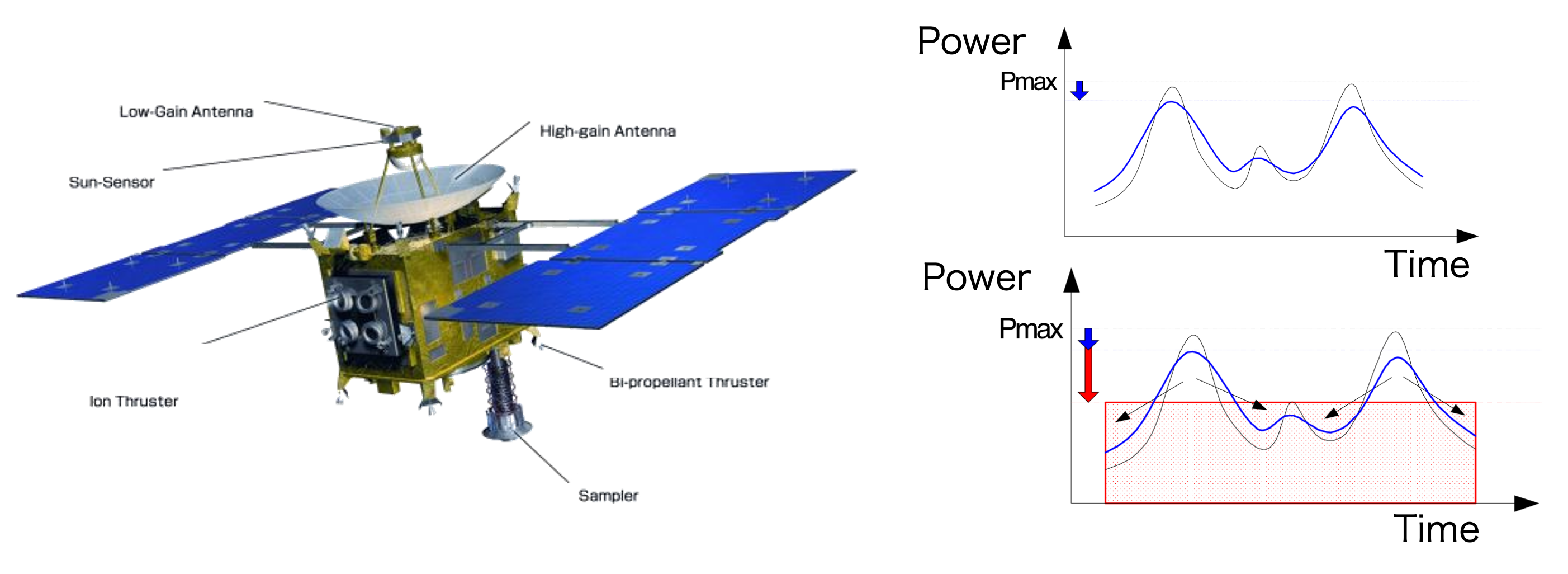
The biggest obstacle in it lies in: Control Facility Building based on Heavy Communication Traffic Burden.
Especially in EV charging, users intend to charge the battery as quickly as possible. And they may request a high charge current at the cost of higher charge fee, while some users may be satisfied with lower charge speed by the time they leave for home. This is the Billing issue.
However, if all or many of the users request such rapid and quick charge, an EV station faces the power austerity or be billed high electricity cost for peak demand. Sharing power among the EV stations networks solves this difficulty. However, such power sharing conventionally requires Management Center, Facility to be built. This is the EMS issue. Besides, sharing needs heavy communication.
The technology that Patchedconcis proposes solves both the Billing and the EMS issues at the same time by applying the Autonomous Distributed and Independent Control Technology.
It never requires a Server in the system but a Broadcasting entity only. The EMS is managed by each EV charge stand or by each EV station who responds to the deficit / surplus demand information broadcasted. The billing issue asking the charge speed with reasonable pricing is automatically embedded in this EMS. And it enables the users to share the demand resources.
Those who request a rapid charge speed with higher fee will finish the charge quickly, and those who are satisfied with a slower charge speed are offered a lower fee. This process automatically maintains the demand resources through the technology, while it requires little communication traffic.
The most straightforward approach relies on the battery remaining. However, even with the EV charge stands from which such information is not retrieved and not available, the simultaneous billing and EMS management still functions.
The Table below indicates how it works. Based on the remaining amount declared by the users, if the priority is applied via the technology, automated billing management functions properly. Those who declare a low remaining amount trying to finish the charge quickly will be billed a higher fee with reduced charge time. Those who intentionally declare a higher remaining amount trying to get lowered cost will not complete the charge. Such automated and passive coordination is embedded via the technology.
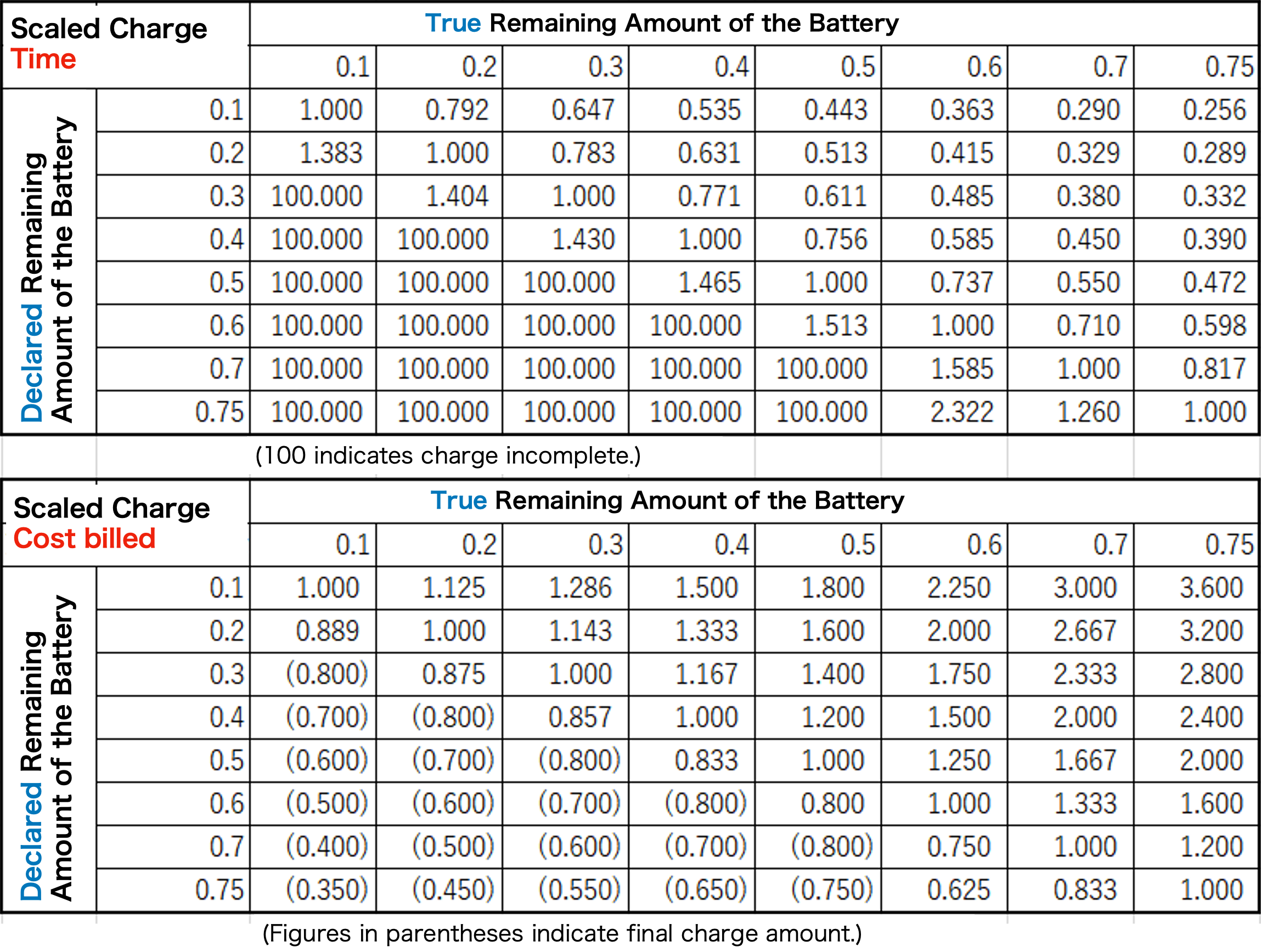
Nation-wide or Continent-wide EV stations networks will work to realize the efficient and cost-effective energy management that does comply with the Carbon Neutral world.
Energy Management Products
Media
The use of images or data from this website needs proper permission from copyright holders.

